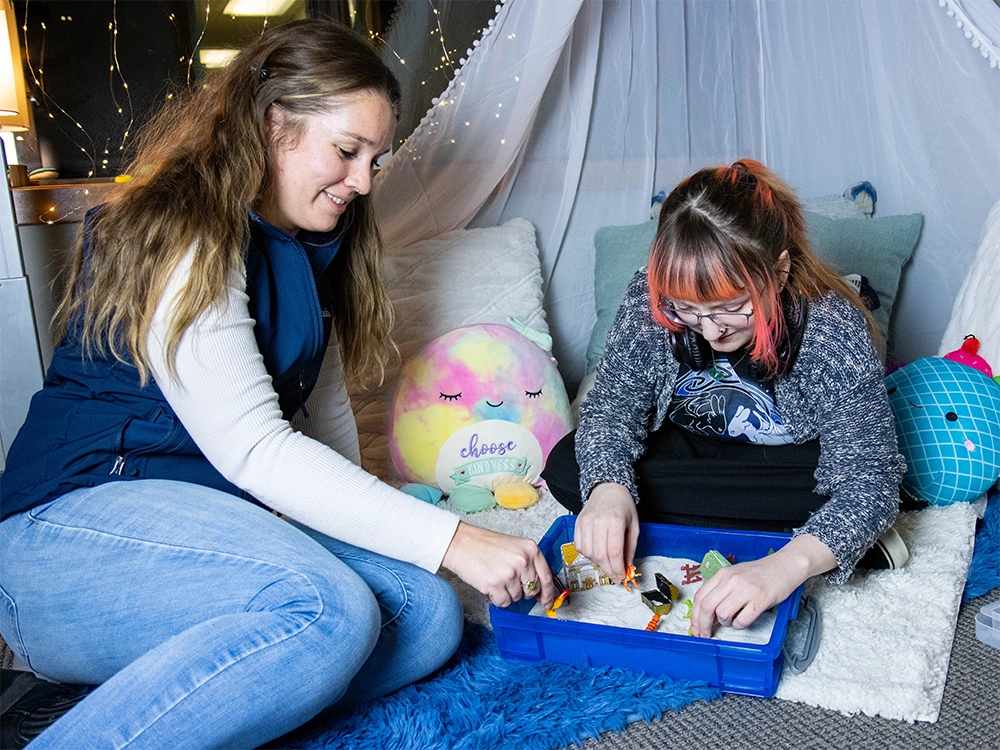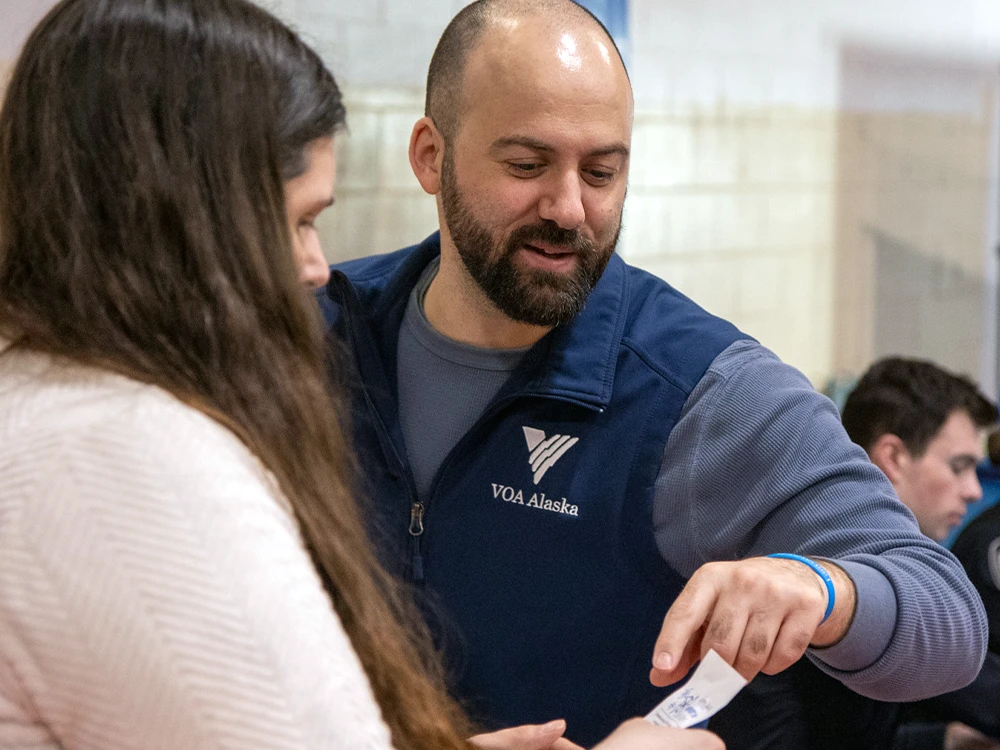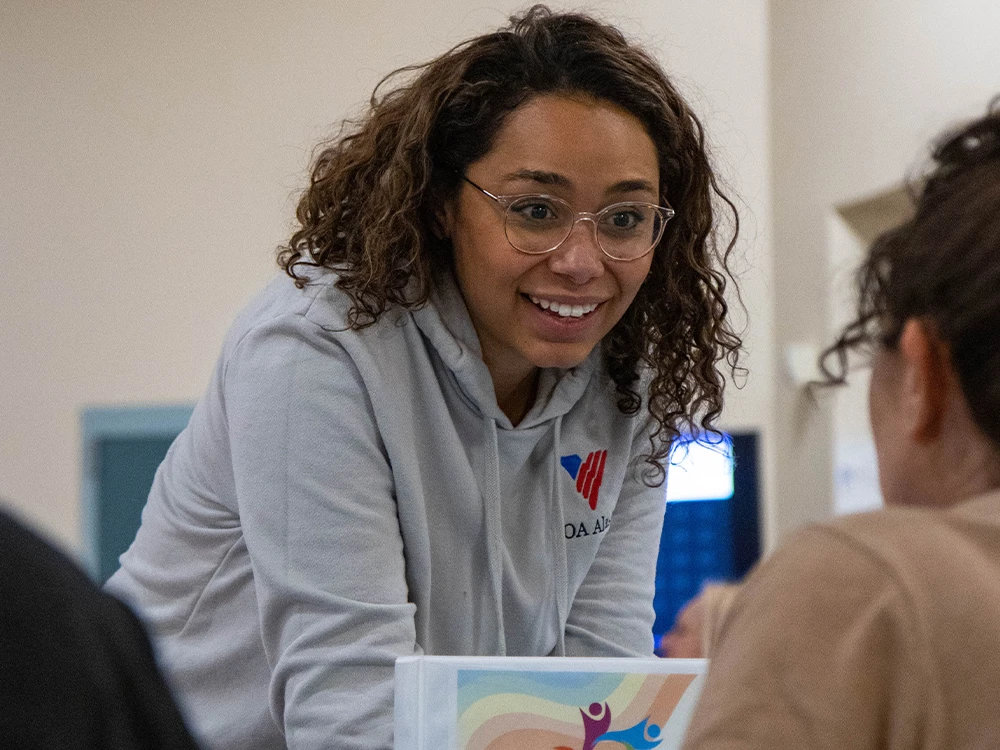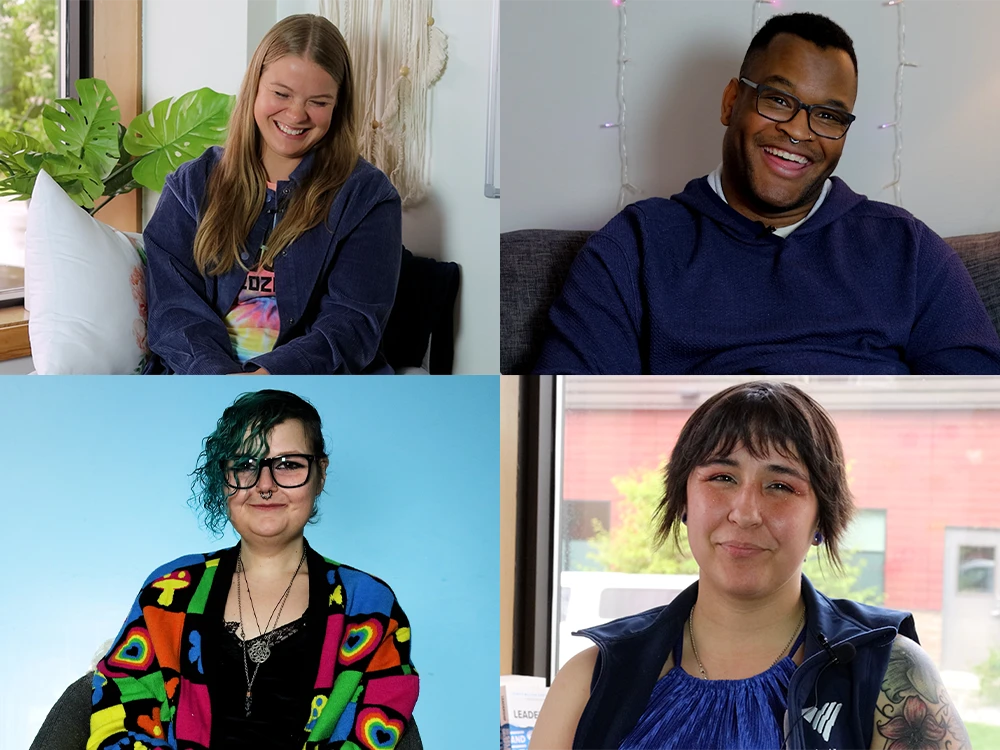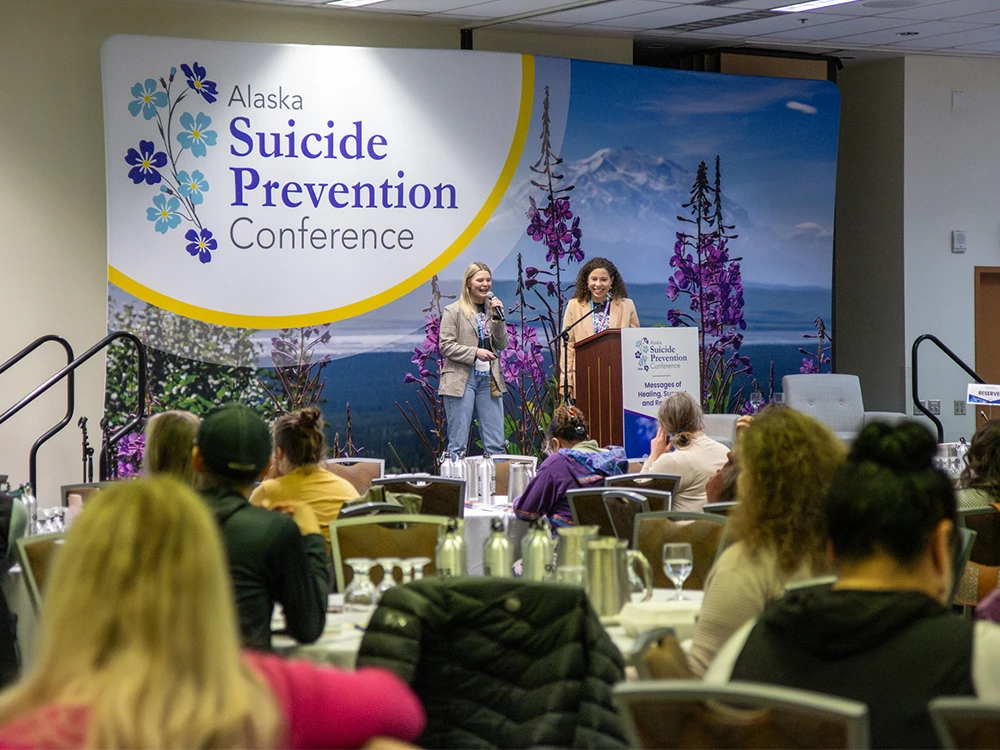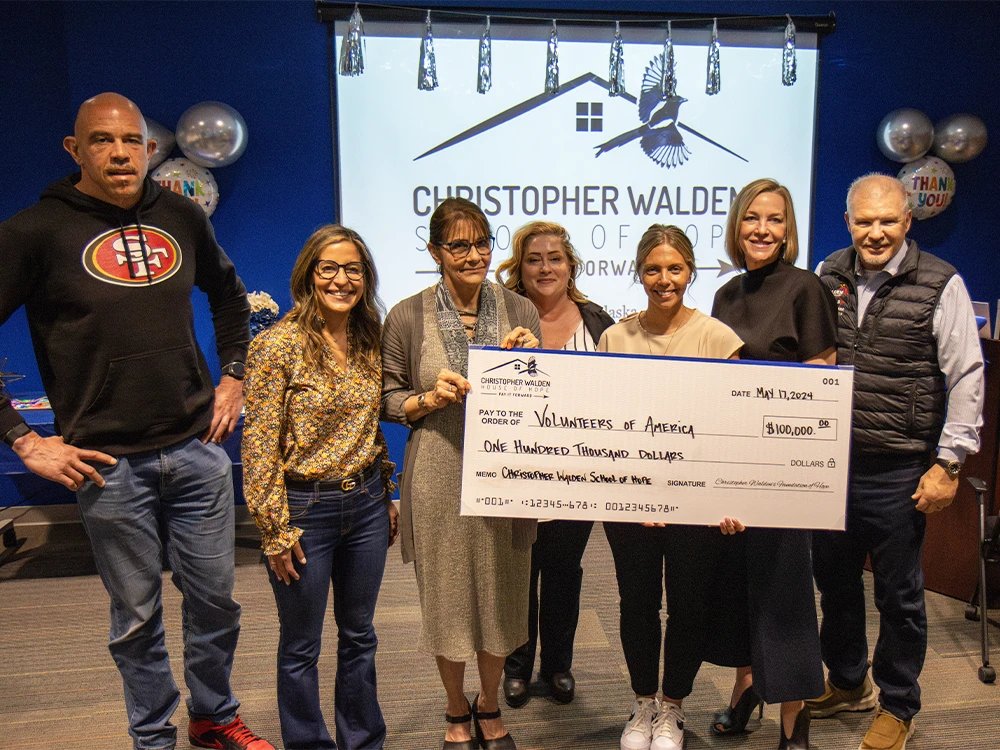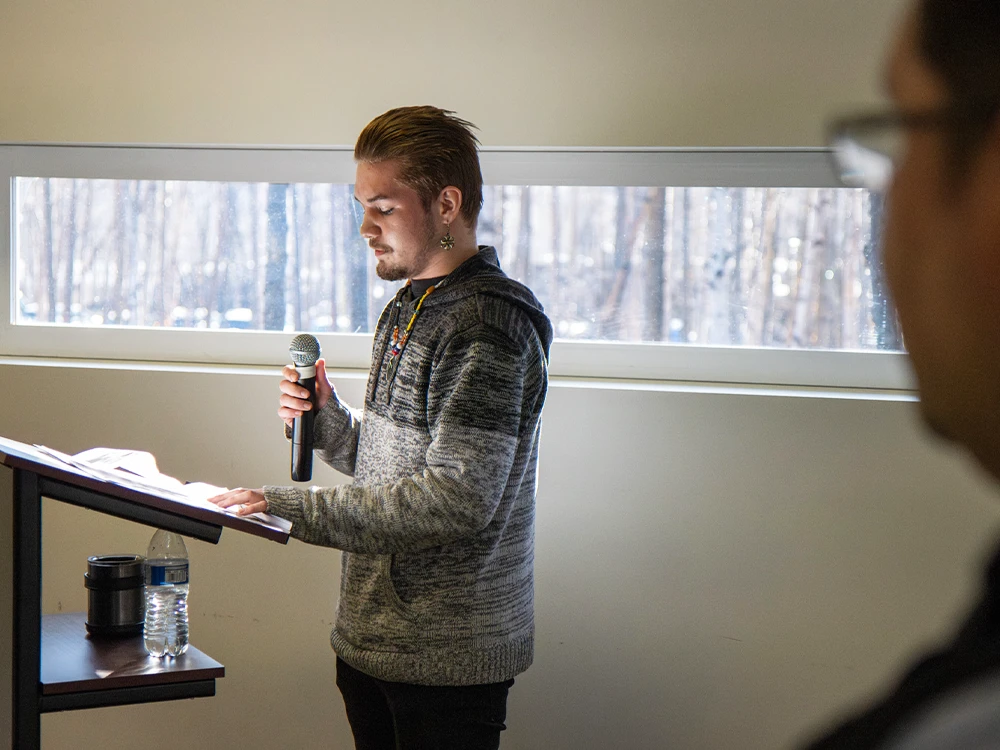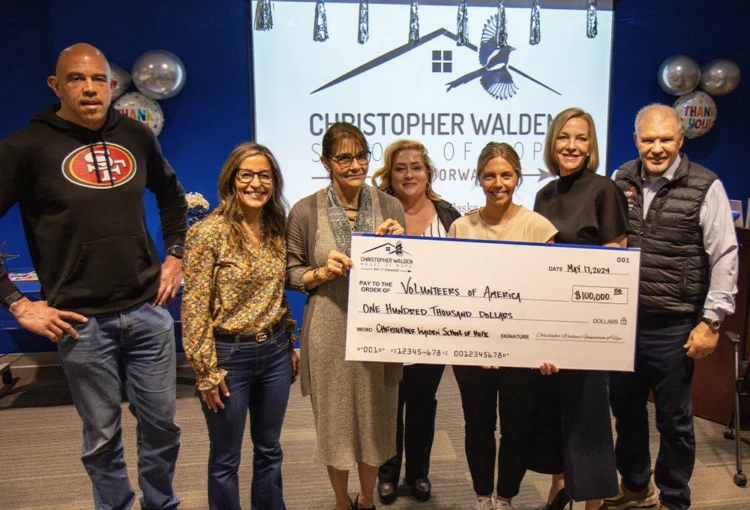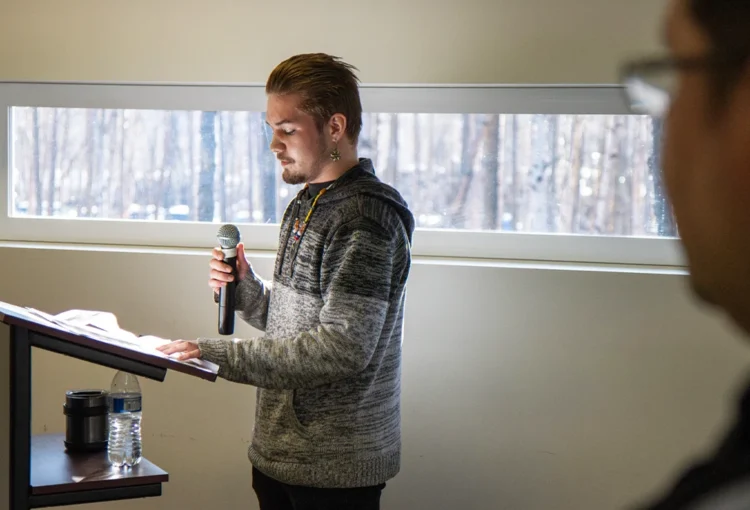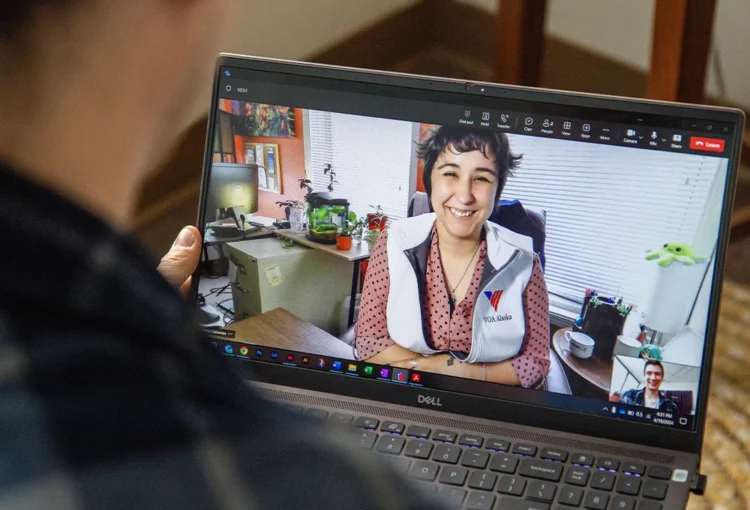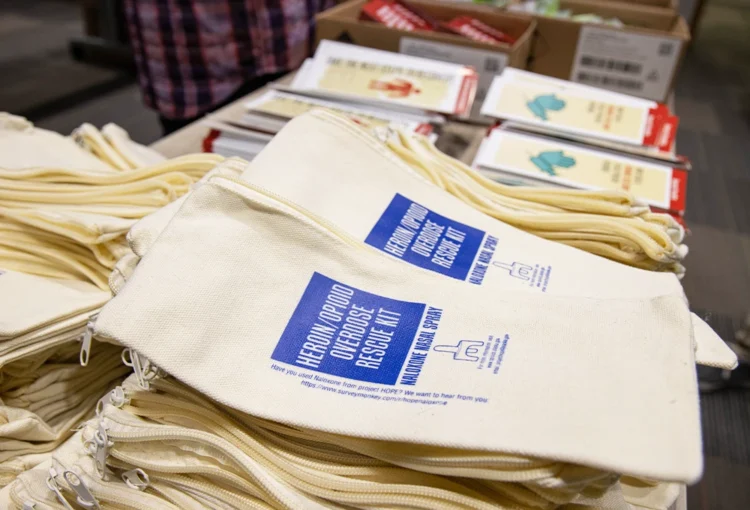At VOA Alaska, we know that the journey of recovery and healing looks different for everyone. Because no two journeys are alike, our behavioral health team uses a variety of therapy techniques to empower the youth in our care. Below are a few of the ways our team create a safe and supportive environment for youth and their families.
Psychotherapy
Also known as Talk Therapy, psychotherapy is what most people are imagining when they think about mental health therapy. By its simplest definition, during psychotherapy you talk with a therapist about what you are thinking and what is happening in your life—your hopes, fear, joys, relationships, trauma, and successes. Then, together, you learn different strategies to heal.
Cognitive Behavioral Therapy (CBT) focuses on unlearning negative and unhealthy thoughts and behavior. It operates under the understanding that most mental health struggles stem from negative patterns of thinking, learned patterns of behavior, and an individual’s core beliefs. It is an introspective therapy that teaches you coping skills for your daily life.
Dialectical Behavioral Therapy (DBT) is derived from CBT and is designed to help individuals experiencing intense emotions. It’s been found to be particularly helpful in treating Borderline Personality Disorder, Substance Misuse, and Post-Traumatic Stress Disorder (PTSD). The goal is for the person to maintain a balance between acceptance and change, and then learn the skills to make positive changes.
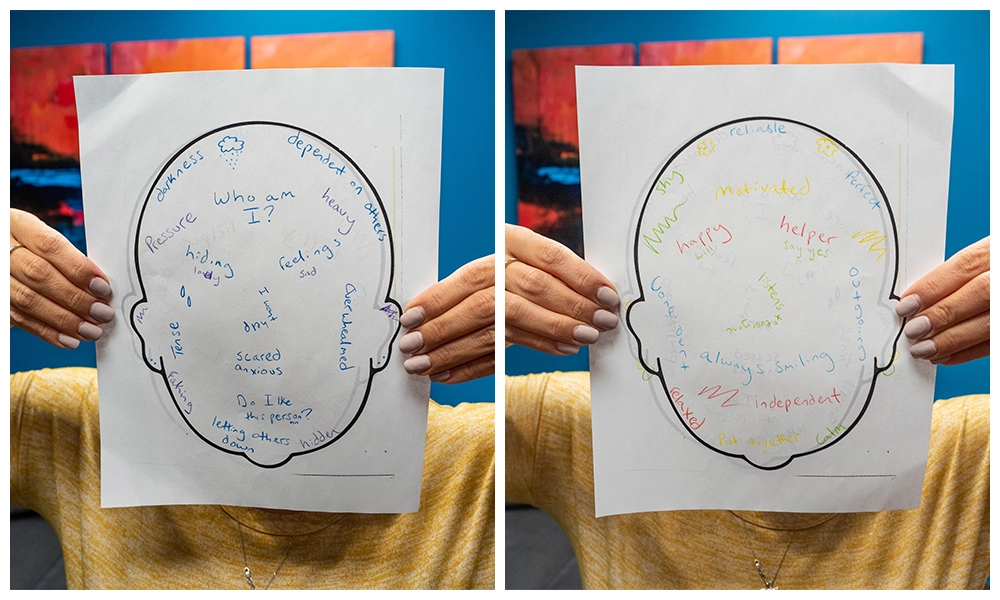
Play Therapy
Play therapy is useful for those who have a harder time expressing themselves verbally. While talk therapy uses the left side of the brain (the logical side), play therapy activates the right side (the creative side). The logical side of the brain has all sorts of ways to protect us from feelings of stress and experiences of trauma, which can make it harder to process. The creative side doesn’t have those same survival mechanisms, so stress and trauma can be accessed and processed through your own thoughts and feelings, without the need to put them into words.
Sand tray therapy is useful for the same demographic as play therapy, especially for those who are texture sensitive. Sand is a common safe texture and can help an individual feel calmer and more relaxed during a session.
Art therapy lets an individual express themselves in endless ways. Creativity with any art medium can speak volumes as to what is happening inside the mind when a person is not able to find the words. VOA’s behavioral health team incorporates art into both individual and group sessions to explore a range of themes and experiences.
Other innovative approaches our team practice include popping your burdens with bubbles, telling your story through your favorite TV show or book series, or writing letters and burning them to find closure in incomplete relationships.
Read more about these innovative therapies our clinicians use to help youth express, discuss, and understand their thoughts and feelings in a safe and supportive environment in 5 Creative Ways VOA’s Clinicians Help Young Alaskans Understand Their Feelings.
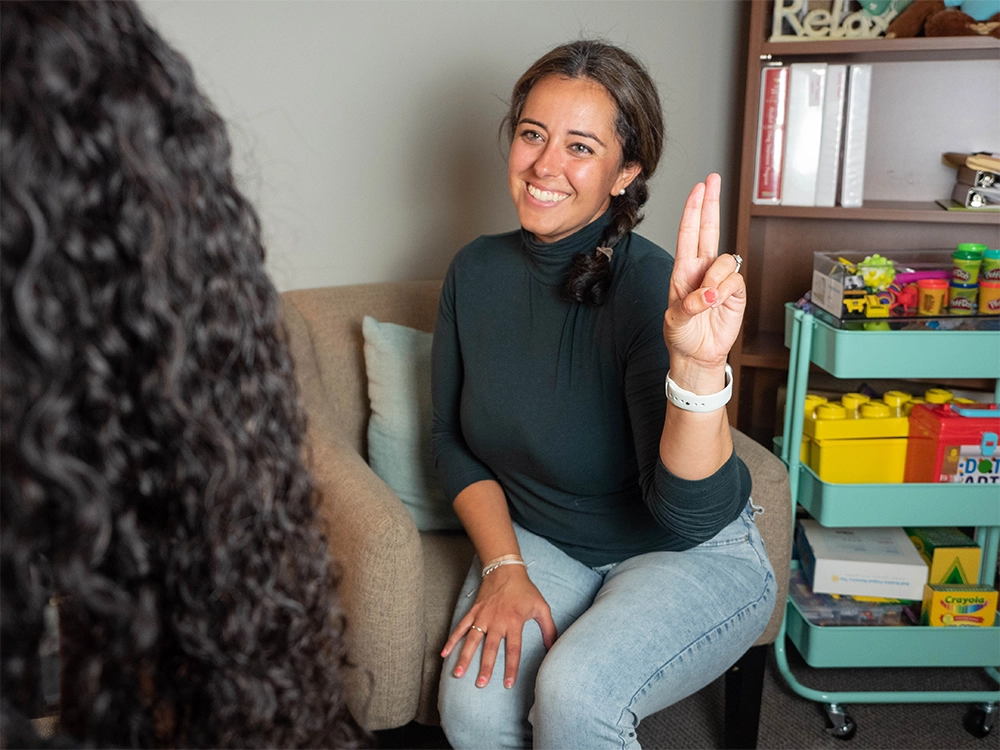

EMDR
Eye Movement Desensitization and Reprocessing, or EMDR, takes the traumatic memories that an individual may be reliving and brings them to the forefront of the mind. With the help of grounding bi-lateral movement (think side to side, left to right), EMDR helps a person become desensitized to the memory and reprocess it in a way that allows for healing. This repeated movement grounds a person in the present while they revisit the experience.
Read more about how VOA Alaska uses EMDR to help our youth find hope, health, and healing in What is EMDR Therapy?
Group Therapy
Group therapy is form of talk therapy that takes place in a group of around 5-15 individuals and is led by one to two therapists. These groups are a vital source of support because they bring people with similar experiences together and help them feel less alone. The group members can be cheerleaders for one another and a source of understanding that you might not get otherwise.
Family Therapy
At VOA Alaska, we believe that healing occurs in relationships, and we encourage family and natural support every step of the way. Family therapy helps caregivers and their children function in constructive ways by providing support and education to develop common goals, conflict resolution techniques, and better communication.
Putting it all together…
Therapy is only one element of any treatment plan, which may also include medically assisted treatment, peer support, case management, engagement activities, outdoor activities, and so much more. But above all, VOA Alaska puts the youth in our care at the center. We guide, we empower, we advocate, we support—but each person is the driver of their own healing and recovery journey.
If you are ready to get started with VOA Alaska’s mental health, substance misuse, and residential treatment services, visit our Getting Started page or contact our Client Care Team today at (907) 279-9640.

